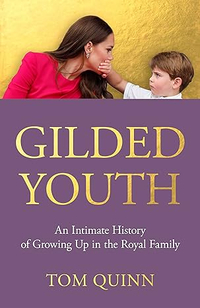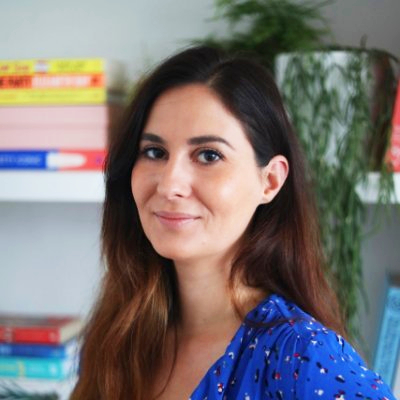32 surprising facts about royal births - from their parental leave allowance to Queen Elizabeth II's protocol-defying decision
These facts about royal births range from the predictable to the downright bizarre


As a nation, we're obsessed with the arrival of royal babies, but some of these facts about royal births may come as a bit of a surprise - from the Home Secretary being present for one arrival to Prince William being the first royal heir to be born in a hospital.
In many ways, the late Queen Elizabeth II broke the mould when it came to royal birthing rituals, moving away from more archaic rules. But some traditions, such as the special gown that is used for each royal baby's christening and what kind of names royal parents select for their newborn, are still going strong.
These are the 32 most interesting facts about royal births we could unearth from the archives, from the sweet and funny to the moving, to the downright ridiculous.
Prince William's birth was the first in a hospital for a direct heir

While this one might seem difficult to believe, Prince William was the first direct heir to be born in a hospital, as home births were commonplace before that. The future King was delivered to Queen Elizabeth II in the Lindo Wing at London’s St Mary’s Hospital on June 21, 1982.
Gilded Youth: An Intimate History of Growing Up in the Royal Family by Tom Quinn, £9.72 | Amazon
Exploring what it's like to grow up in the Royal Family, Tom Quinn brings together historical sources with testimonies from palace staff. There are tales of royal mischievousness, including surprising anecdotes about Queen Elizabeth and Prince William, and it's shocking, funny and insightful all at once.
Princess Charlotte's birth made history
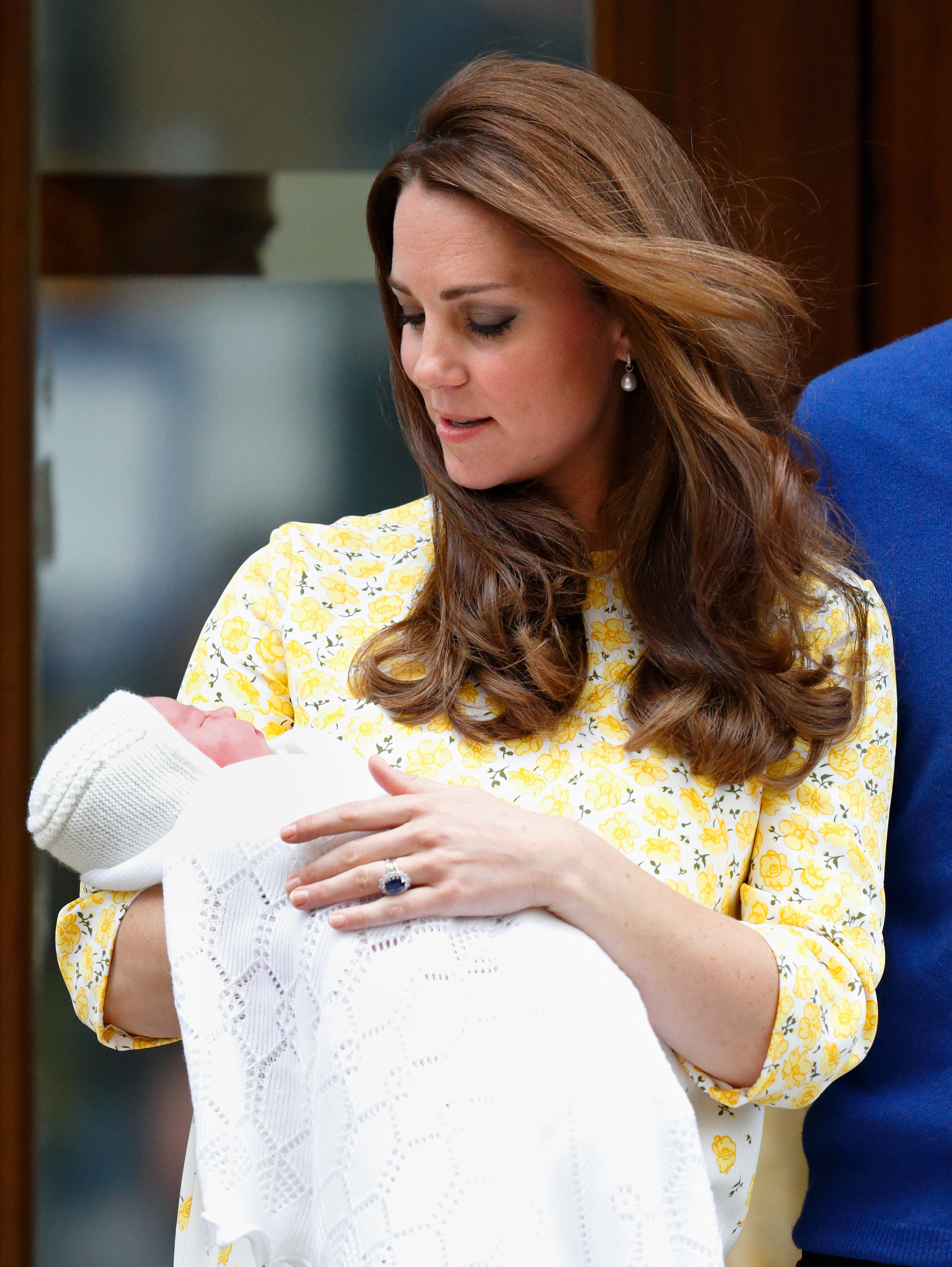
Princess Charlotte was the first royal to have her place in the line of succession based on gender. Historically, a male offspring has always gone before women in the line of succession. However, the Succession to the Crown Act of 2013 (according to The BBC) means that male and female children have an equal right to the throne, meaning that Princess Charlotte's birth in 2015 made history.
It's not customary to have baby showers
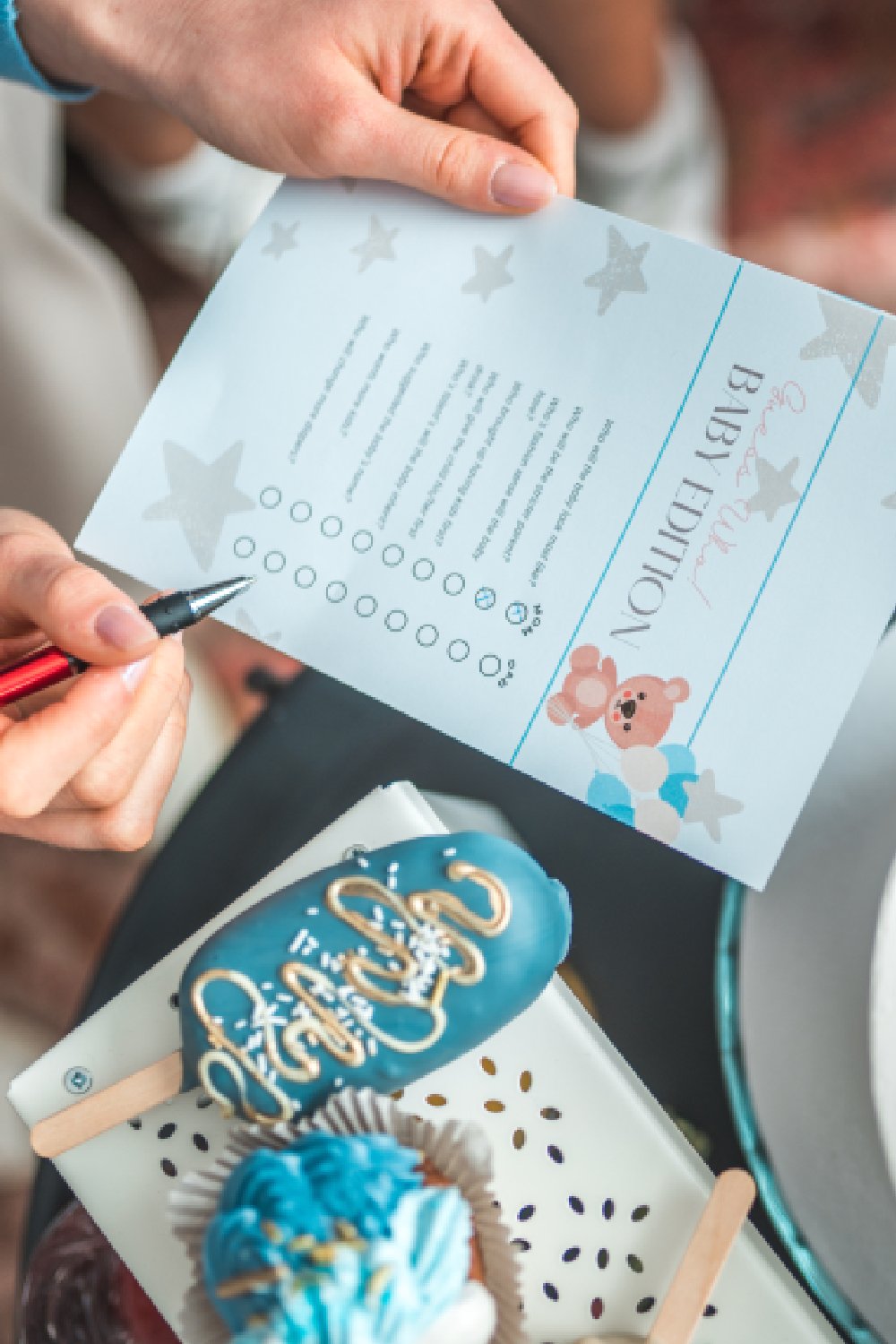
Remember the furore when Meghan Markle flew off to New York for her baby shower when she was pregnant with her first child?
Part of the reason for this is that it's not standard practice for women in the Royal Family to have a baby shower. Royal expert Victoria Arbiter explains that, considering the royals are "very wealthy" having "a lavish baby shower would be seen as highly inappropriate," (via Cosmopolitan).
Sign up to our free daily email for the latest royal and entertainment news, interesting opinion, expert advice on styling and beauty trends, and no-nonsense guides to the health and wellness questions you want answered.
The Home Secretary used to be present at the birth
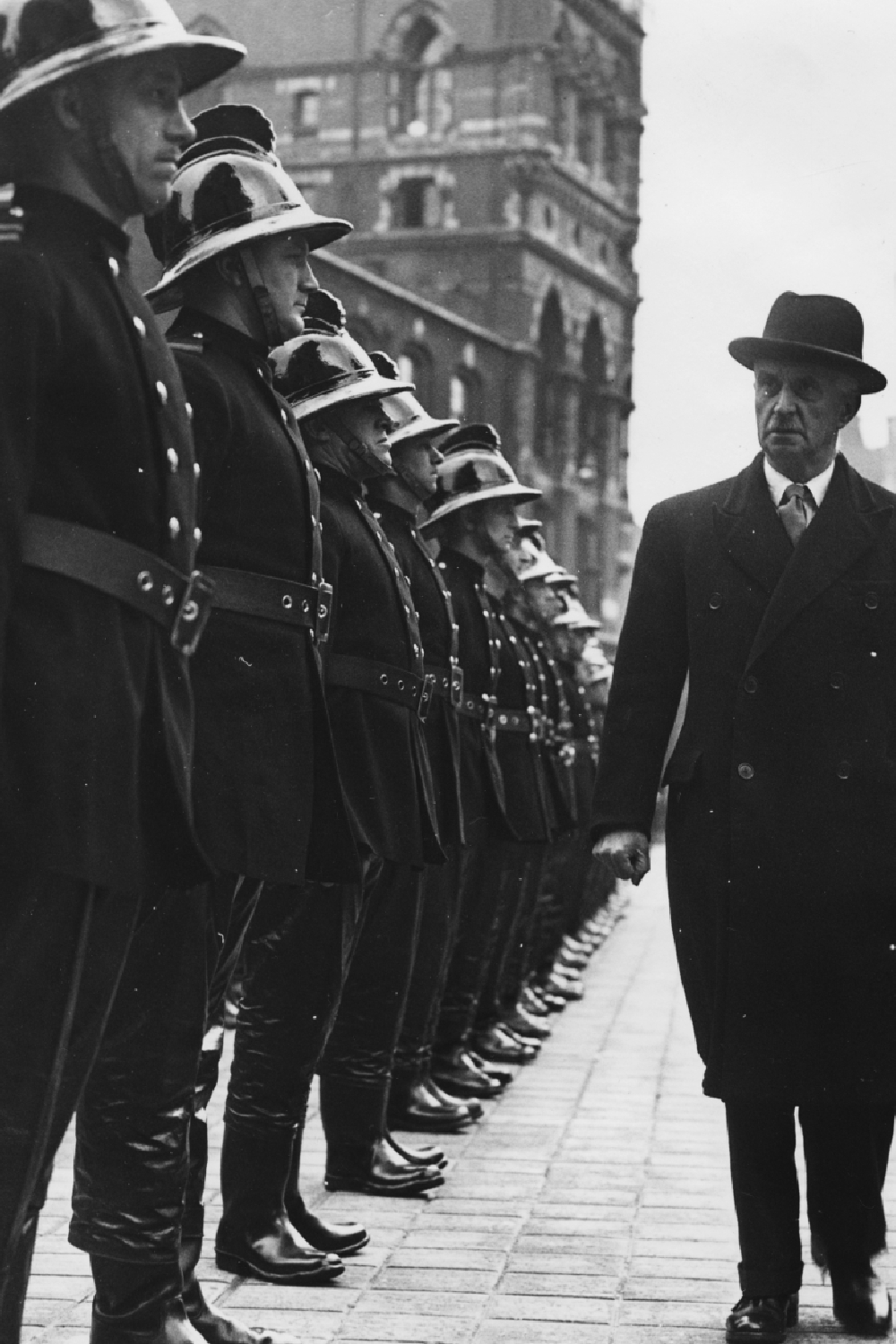
In a very bizarre fact about royal babies, the Home Secretary was required to be present during the actual birth of a royal baby until 1948 when King George VI got rid of the tradition ahead of his daughter Queen Elizabeth's birth of her first child, the now King-Charles.
Fathers would often stay at home for the births
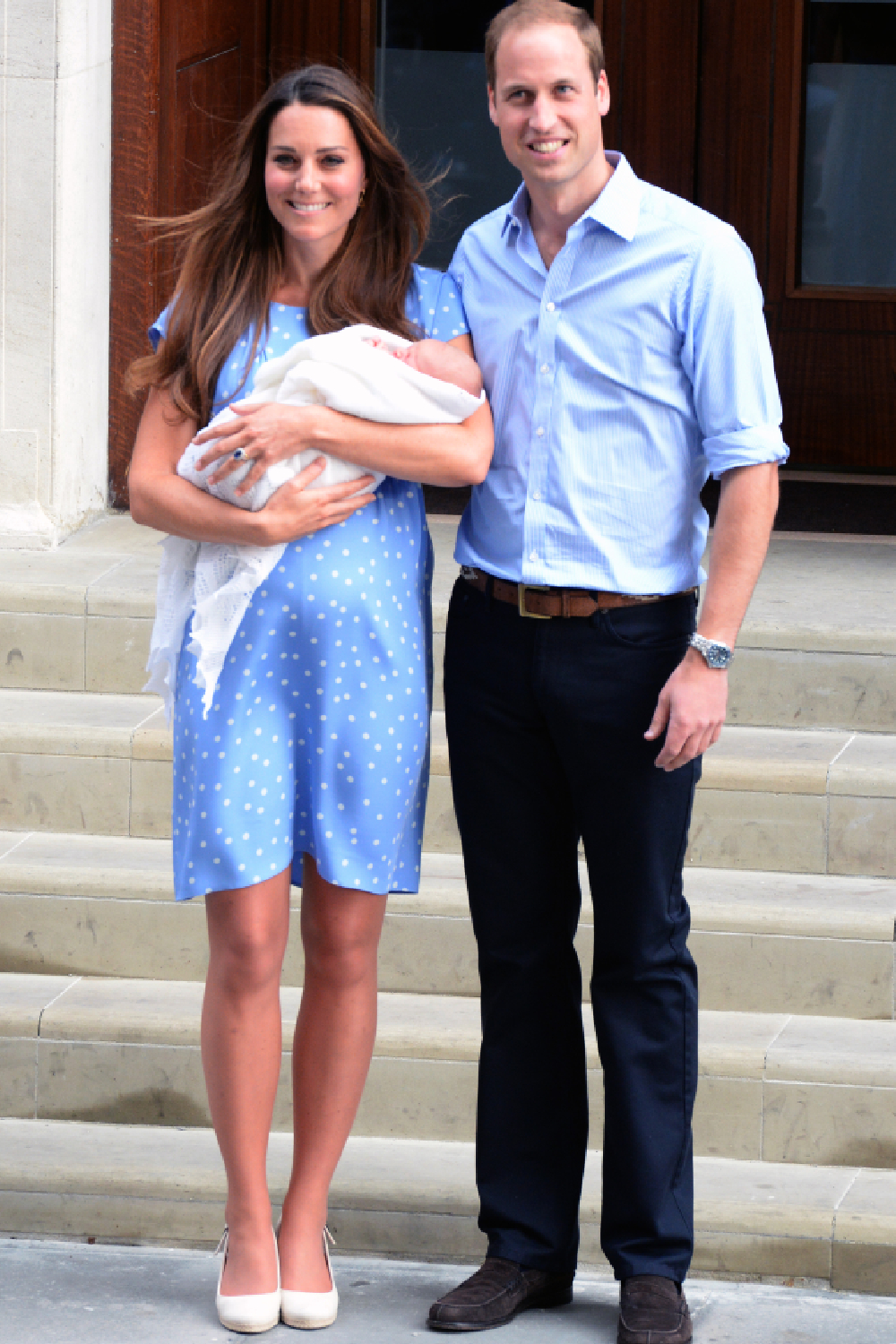
Bizarrely, fathers would often stay away during the birth itself. However, Queen Elizabeth II put an end to this trend with the birth of Prince Edward, making sure Philip was in attendance for the full event - and now we're used to seeing royal husbands by their wives' sides throughout the birthing process.
Princess Diana's first birth was a difficult one

A little-known Princess Diana fact is that the late Princess of Wales struggled with her first birth. The late Princess told her biographer Andrew Morton (via Town & Country), "William had to be induced because I couldn’t handle the press pressure any longer."
Natural childbirth activist Sheila Kitzinger also revealed that Diana gave birth in an upright position, explaining, "I was asked to advise the private Lindo Wing of St Mary’s in Paddington, London on what equipment it should provide so that she could give birth in an upright position. I said that Charles looked strong enough to hold her. And that is what happened."
Royal babies are all wrapped in the same blankets
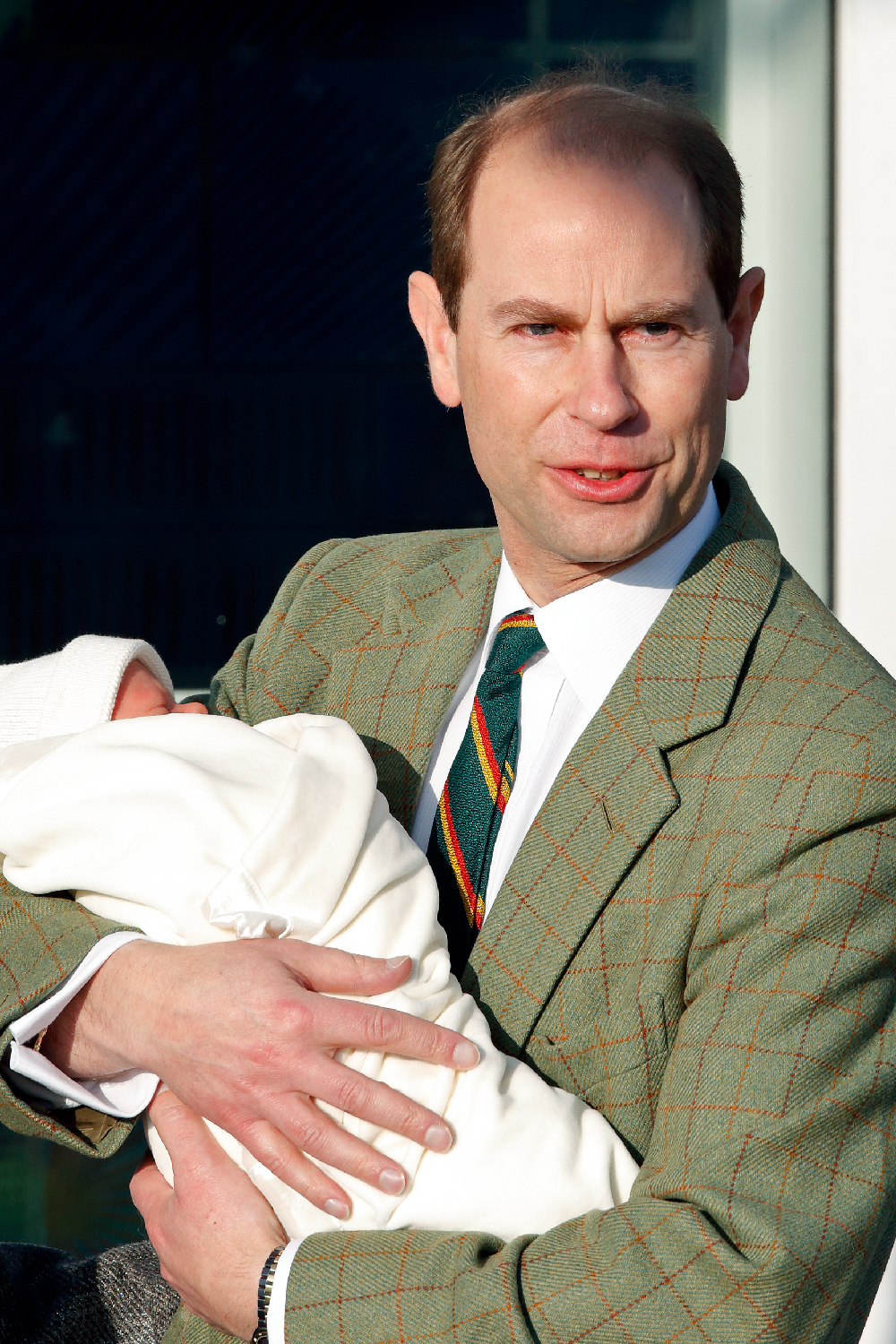
The royals are draped in the finest fabrics from the moment they leave the womb, apparently. Special blankets are sourced from a company in Nottingham to ensure the Royal Family's little ones are swathed in high-quality fabric. The family have used knitwear company G.H. Hurt & Sons for generations and the small business holds real sentimental value, according to Cosmopolitan.
The Monarch must be told of the news first
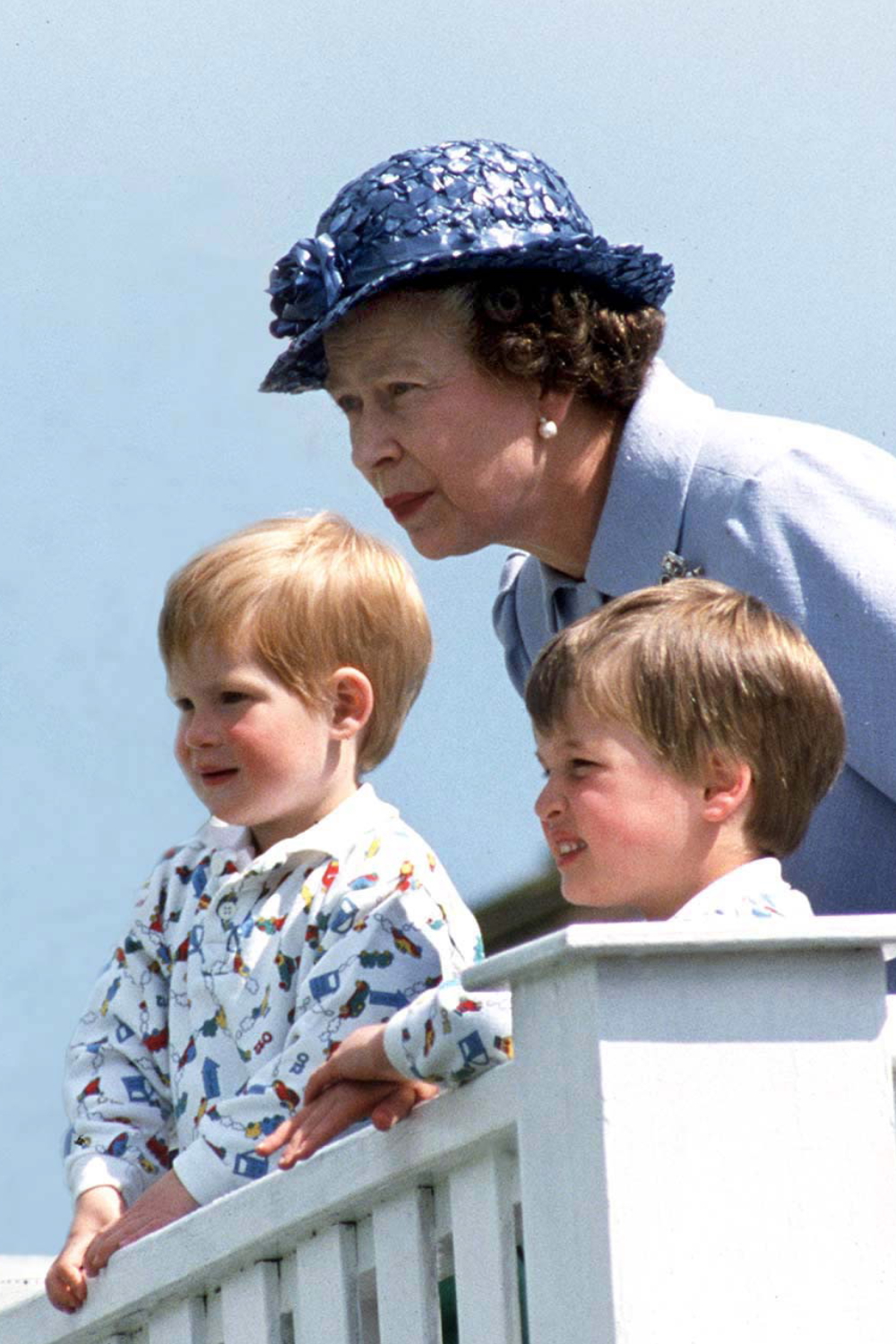
The most senior members of the royal family reportedly hear the happy news before anyone else. When Prince George was born, Prince William called his grandma, Queen Elizabeth II on an encrypted phone to share the news, according to Cosmopolitan. The Queen was reportedly always the first to be told when a new baby was delivered and now this honour is bestowed on Prince Charles.
It was Kate's family's turn next, as Vanity Fair reports, "Then there were calls to Kate’s parents in Bucklebury, her sister and brother, Prince Charles and Camilla, and Prince Harry, all of whom were relieved and elated in equal measure."
The royal birth team is sworn to absolute secrecy

It's not very likely that there would ever be a leak when it comes to royal births, with everyone involved sworn to absolute secrecy when it comes to pregnancies and births.
Professor Tiong Ghee Teoh, a consultant obstetrician and gynaecologist who was part of the 23-member Imperial College Healthcare team for Prince George and Princess Charlotte's birth previously revealed to People, "We had a huge team. Anything that could possibly go wrong, we had a team of people behind each speciality. Everyone was sworn to secrecy."
The royal birth team have to stay sober for three months before the birth
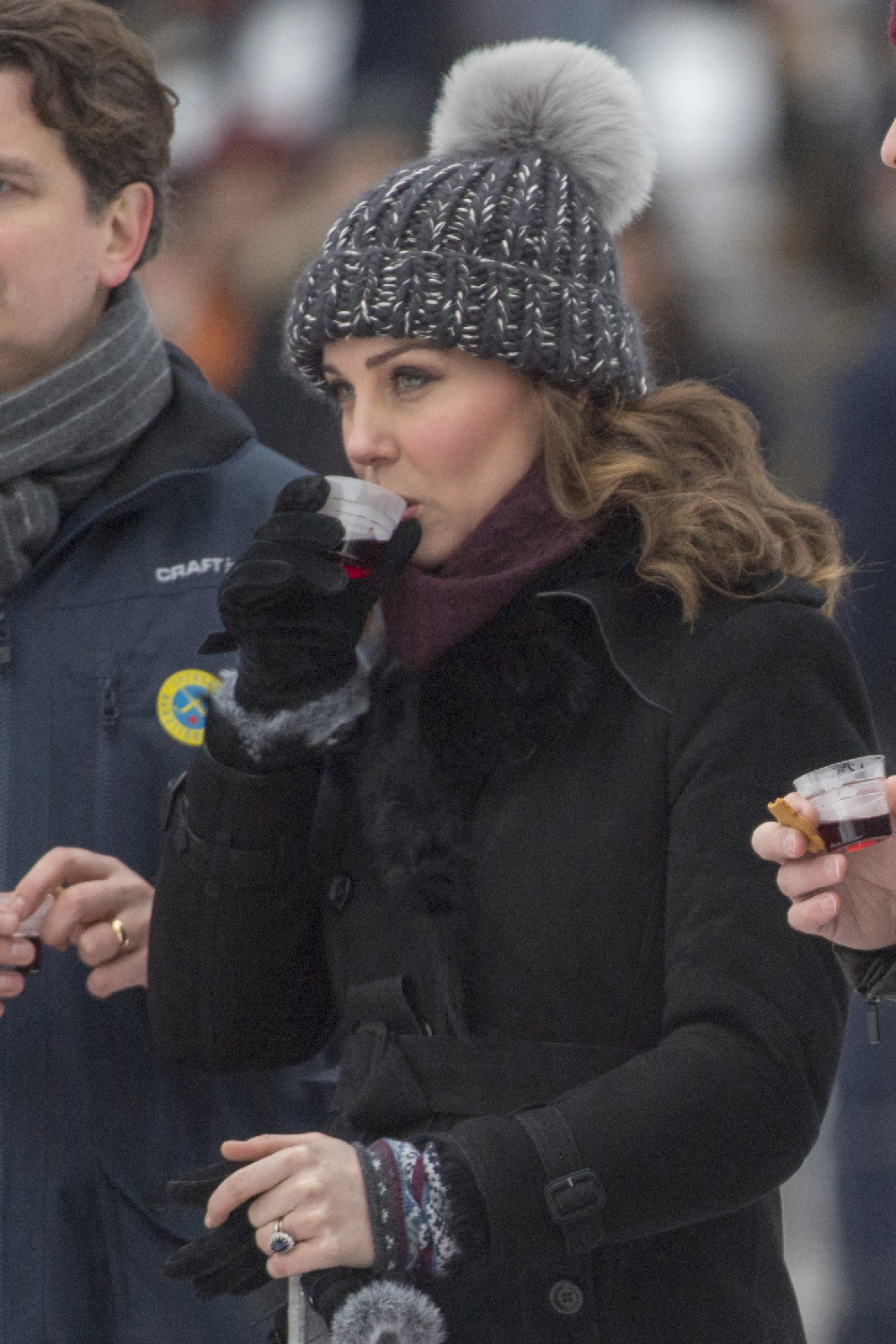
It's not just a vow of secrecy, but also a vow of sobriety for the whole wedding team. Dr Johanna Bray, who was also part of the birth team for Prince George and Princess Charlotte, told People in the same interview, "We weren’t actually at the birth but were behind the scenes.
"We were all on call for three months – my husband did the childcare for three months! You never know when you need to be called. You need to be in town and available. If you are at a party you need to have your car keys at the ready. No drinking!"
It's common practice to present the baby to the world straight away

It's standard practice for mother and child to address the world very soon after the birth (Meghan Markle broke this tradition by opting out of posing with her firstborn Archie after he was born in 2019). Here's a throwback photograph of Sarah Ferguson with a three-day-old Beatrice outside Portland Hospital.
Royal births are announced with a gold easel outside Buckingham Palace

In a rather old-school tradition, royal births are officially marked with an easel outside Buckingham Palace detailing the new arrival to the family. In modern times, this new arrival has also been made via social media. Kate and William, for example, announced the birth of their youngest children Charlotte and Louis before the easel was erected outside the Palace.
The Tower of London sets off a 62-gun salute to mark the occasion
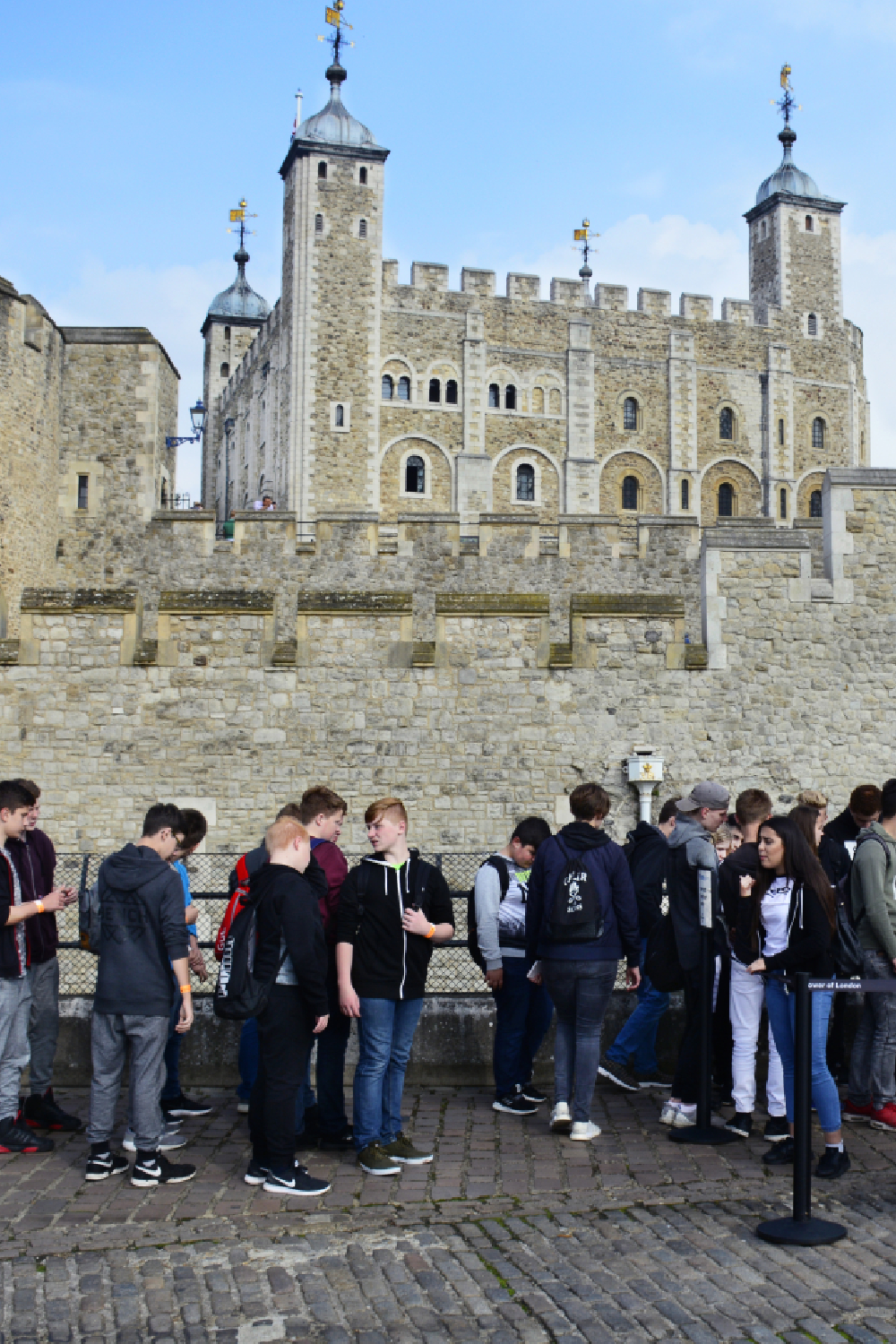
So why 62 you might ask? Well, a basic salute includes 21 rounds, but as the Tower is considered a Royal Palace an additional 41 shots are added to mark the occasion. The custom is that gun salutes are fired for the birth of every prince or princess, no matter where their place is within the succession. Salutes are often held across other Commonwealth countries, too.
41 shots are fired in Green Park
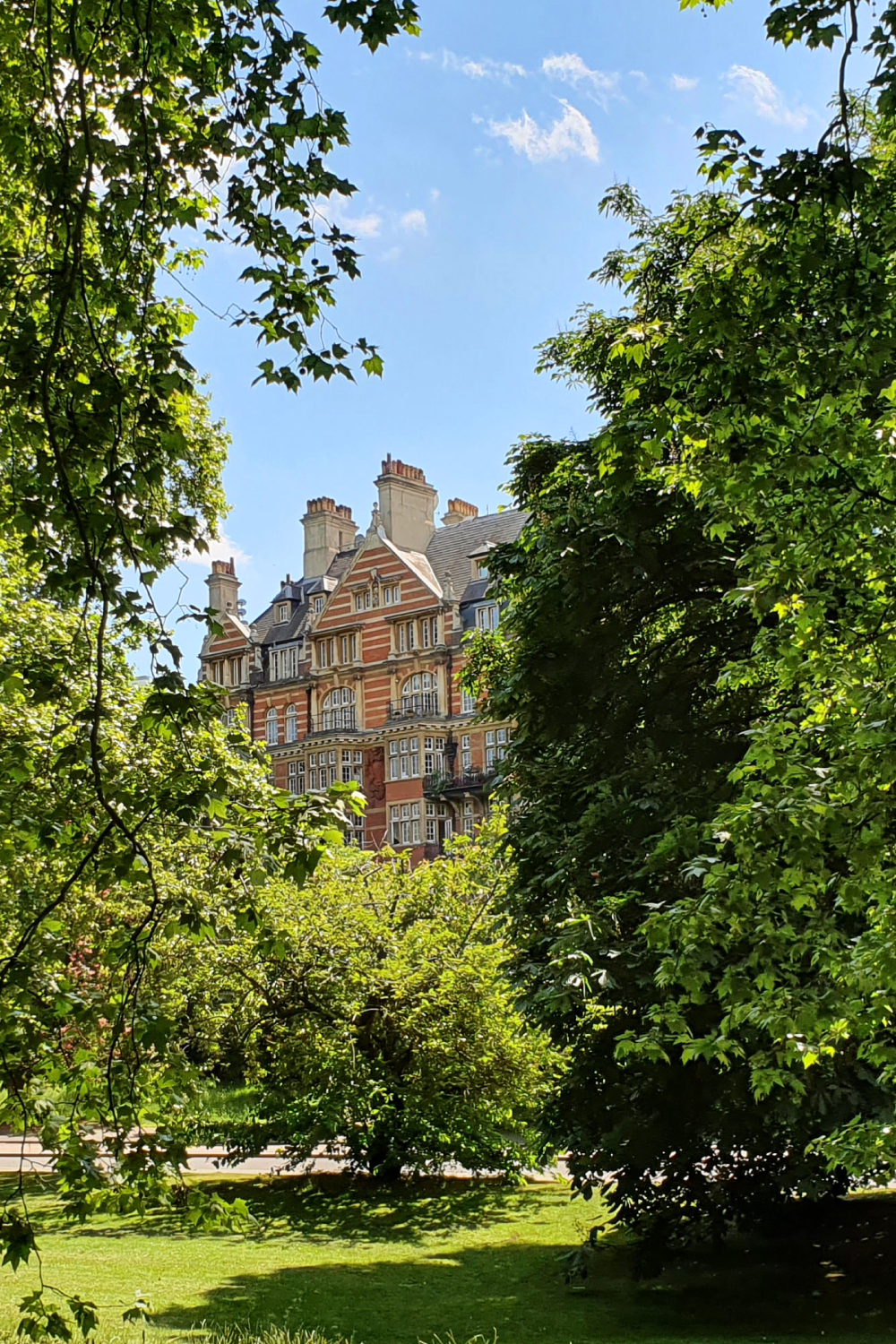
In addition to the royal salute, there is another spectacle at Green Park, which is considered an official Royal Park. Here, 41 shots are fired from around midday on the birth of the new royal baby. Per the Royal Parks website, "The number of rounds fired in a Royal Gun Salute depends on the place and occasion. The basic salute is 21 rounds. In Hyde Park and The Green Park, an extra 20 rounds are added because they are a Royal Park."
London landmarks light up to mark the birth

To celebrate the occasion, London landmarks light up according to the gender of the baby (with some showcasing the blue, red and white of the British flag). The London Tower, the Golden Jubilee Bridges, Trafalgar Square, and the London Eye have all been known to take part after royal births.
Royal parents do get maternity leave
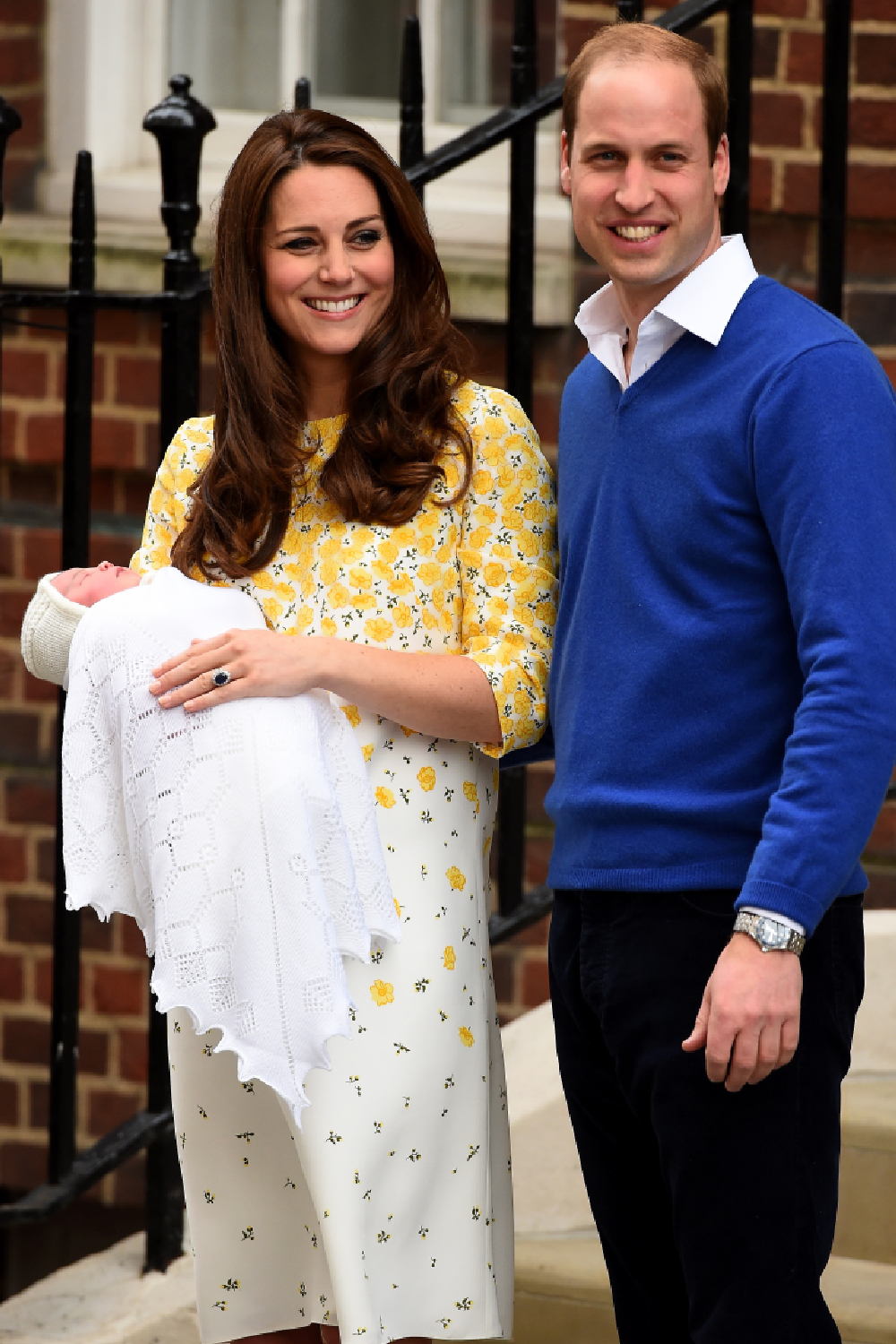
As being a working Royal Family member is technically classed as a 'job' royals do get paid parental leave after their newborn arrives, but the length of time off can vary. After Prince George was born, we saw Kate Middleton stepping back into her royal role just months after the birth. She took a little longer off for Louis, stepping back from royal duties for around six months.
Breastfeeding is encouraged for royal mothers

But that's a "relatively new phenomenon" according to reporting from the Guardian, who state, “Royal breastfeeding mothers are a relatively new phenomenon. The present Queen, Elizabeth II, was breastfed following her birth in 1926 and chose to continue the practice with her own children.”
Royal babies are usually given multiple name
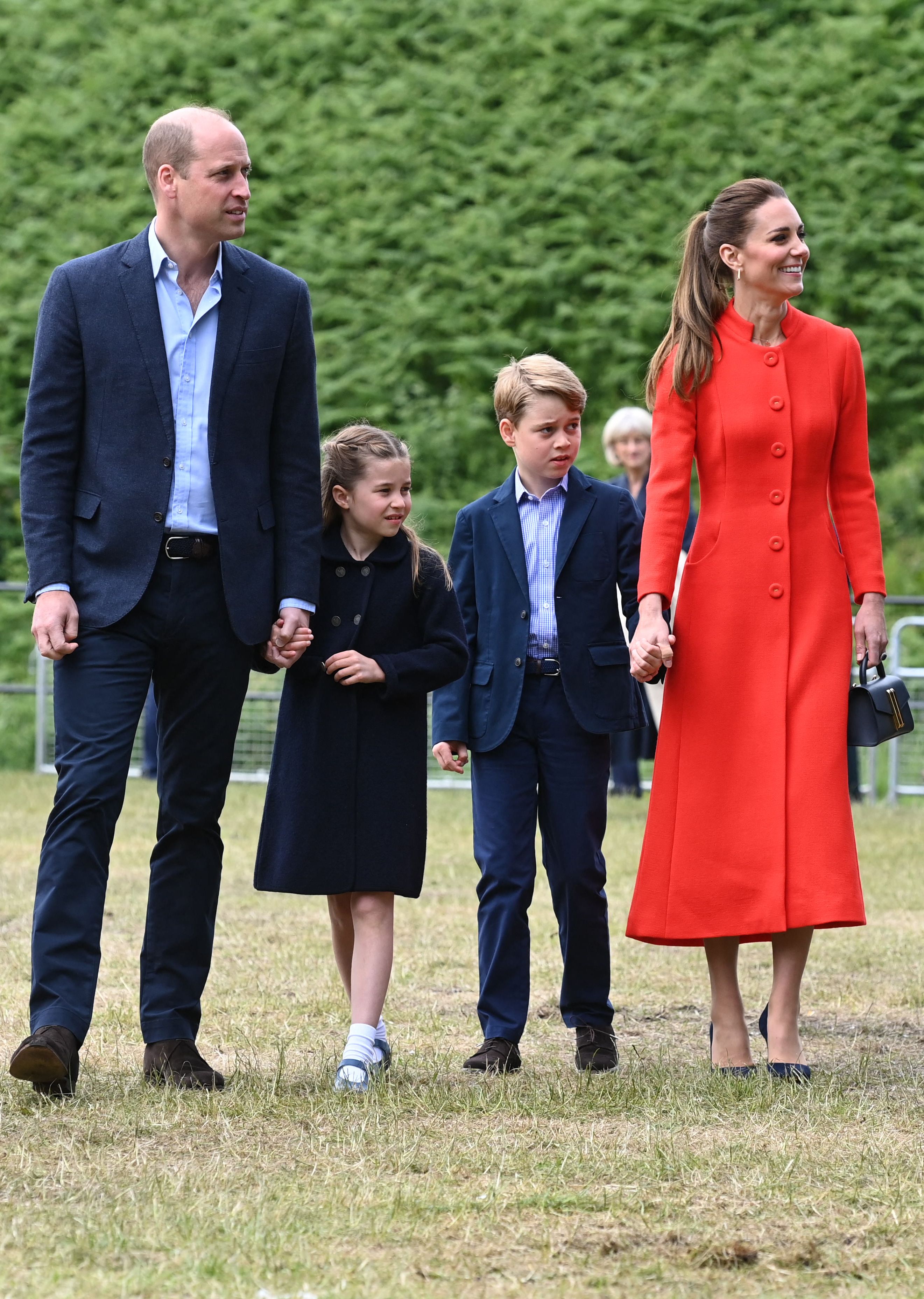
Just got the one middle name? Not if you're a royal. Royal babies are usually given at least two middle names. Just look at Prince George Alexander Louis, Princess Charlotte Elizabeth Diana or Archie Harrison Mountbatten-Windsor! The list goes on...
Names are usually very traditional

Traditional English names are the norm when it comes to the Royal Family. Elizabeth, Charlotte, William, Harry, George, Louis, Edward - it's these names we see repeated throughout history. This is because royals are often named after beloved monarchs of the past - for example, there have been six King Georges throughout history, meaning that young George will most likely be known as King George VII if he takes the throne one day.
Royal birth certificates are made public
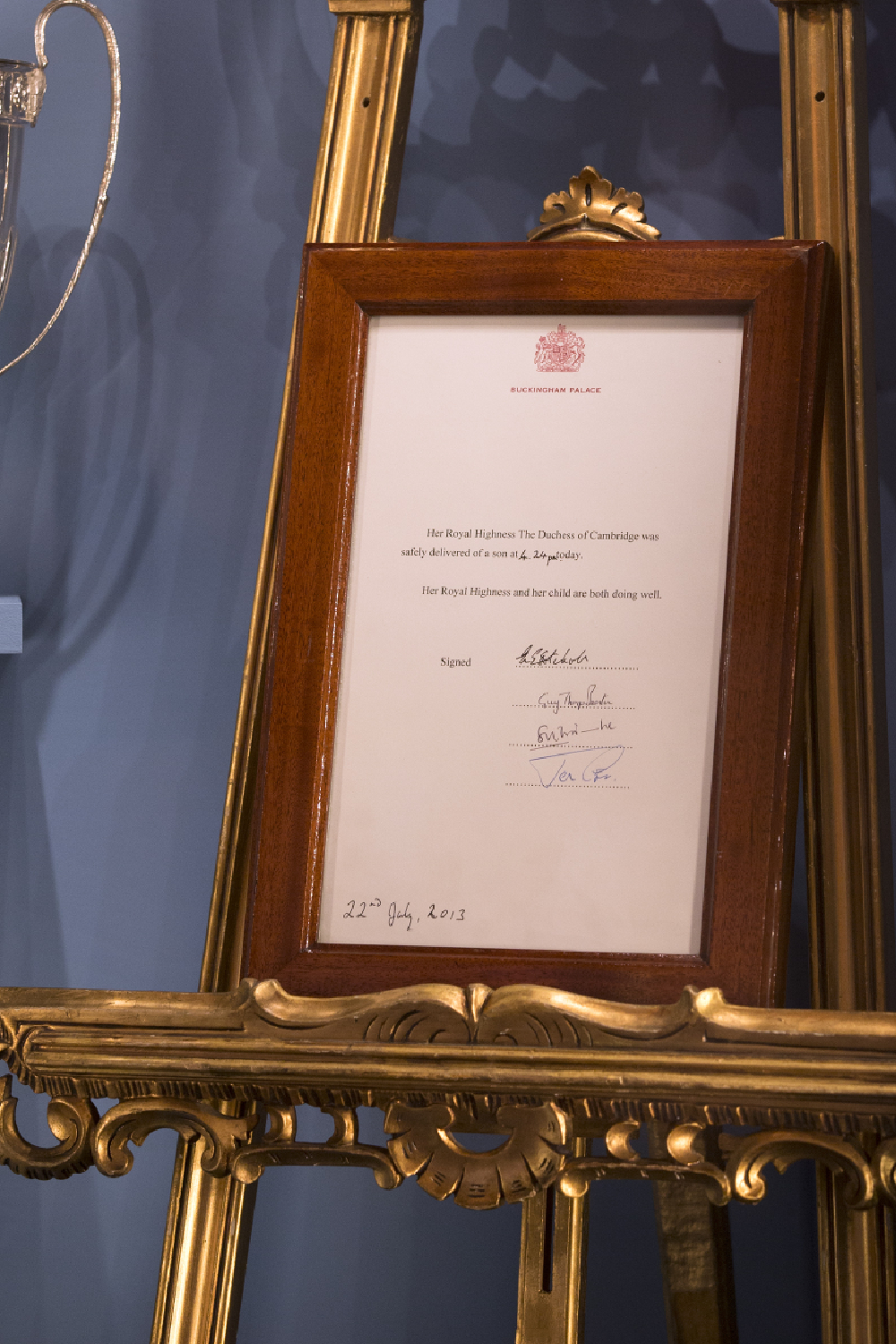
Even in the case of royal babies, the same legal protocol needs to be followed so the children need to be registered and a birth certificate is issued. But in the case of royal births, the certificates are made public. In recent years, most royal birth certificates have also been posted on social media shortly after the birth. They look just like any other one; stating the baby's full name, where they were born and where they were legally registered.
Royal babies get a lot of gifts
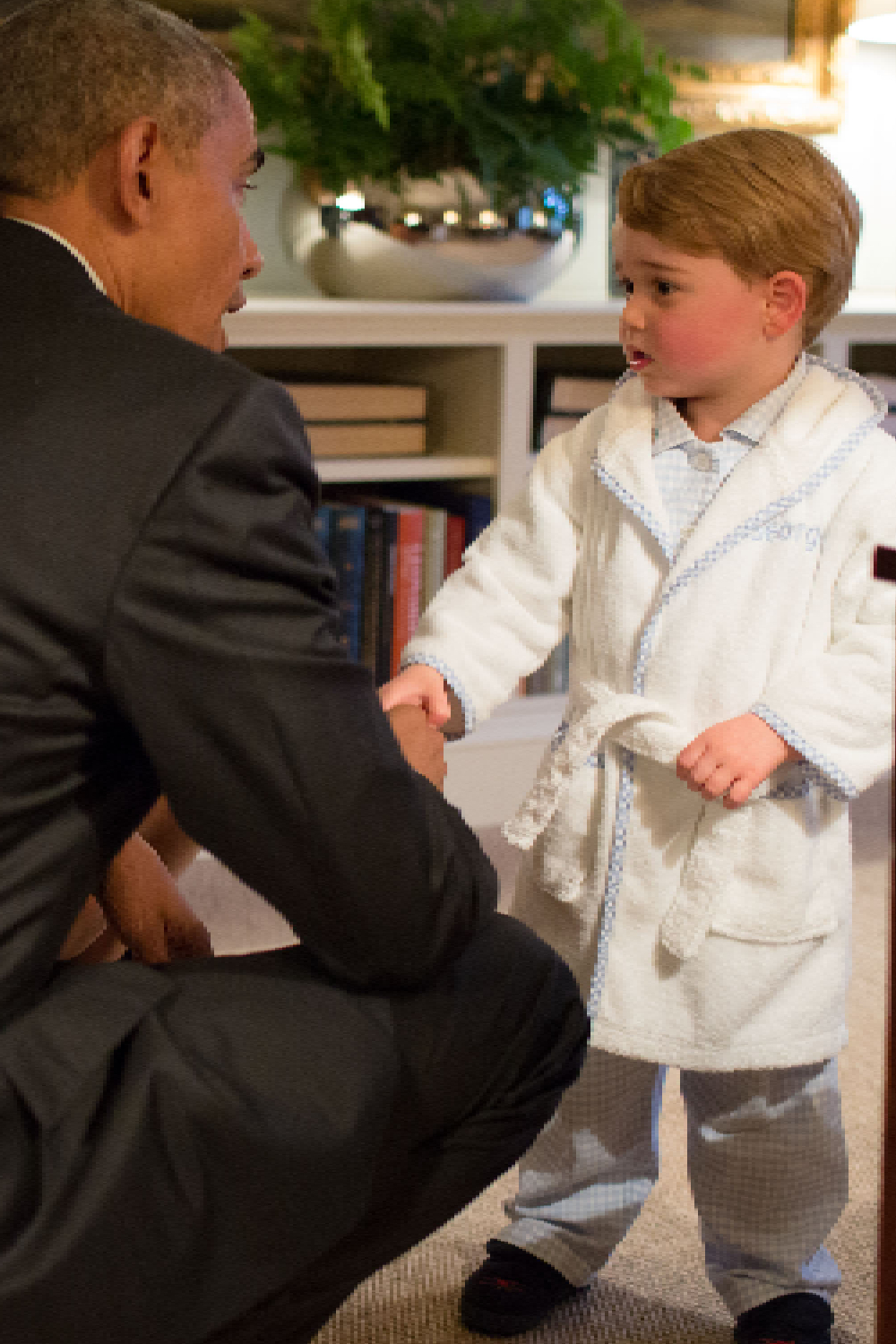
This might not come as a big surprise, considering that many people across the world love and admire the British Royal Family. It's customary for dignitaries and world leaders to send gifts for royal babies. When Prince George was born, he even got a present from the President of the United States, Barack Obama - the sweet gesture of an alpaca blanket.
Royal babies are always baptised
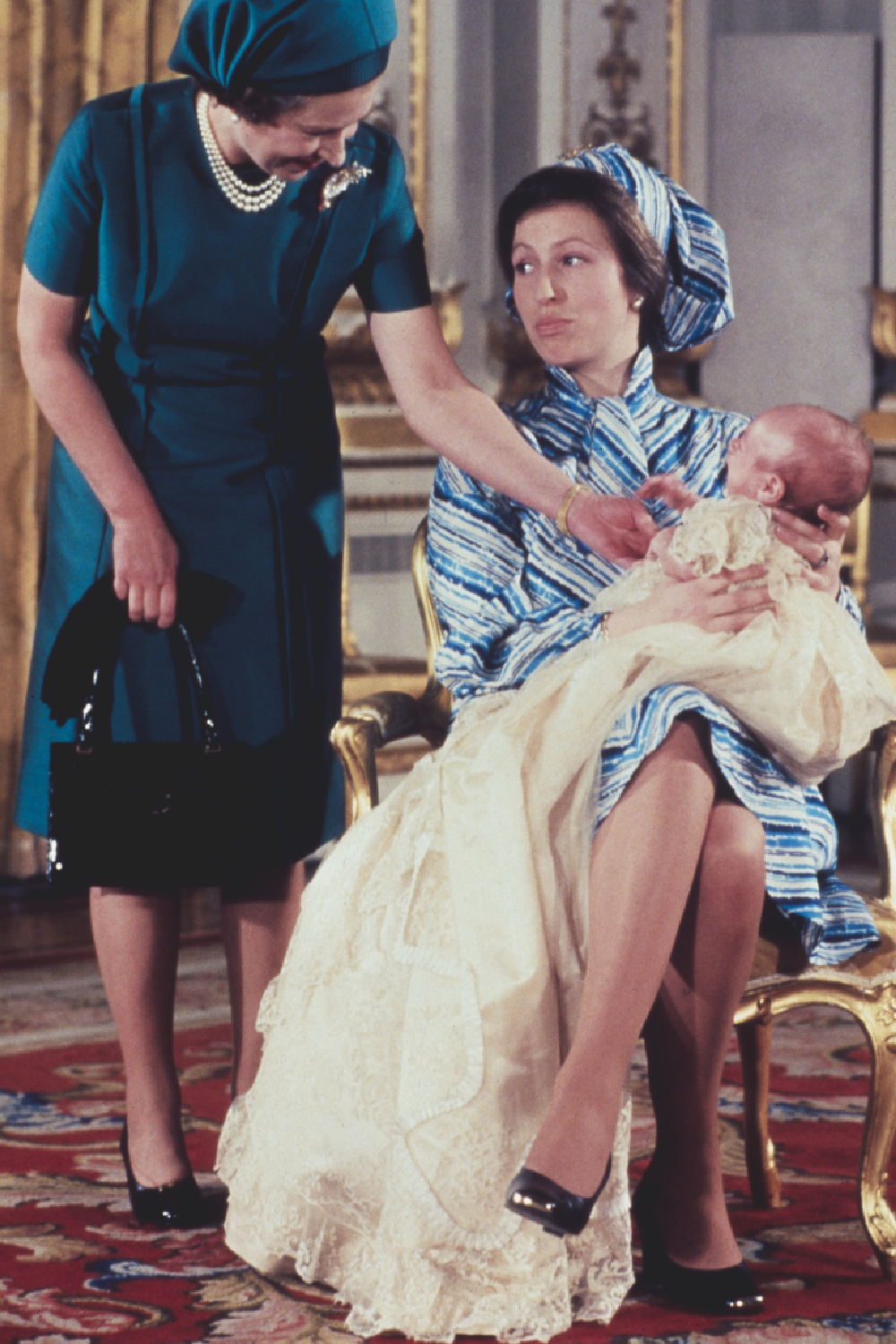
Once a royal baby has been born and registered, the next step is the baptism. This is standard practice for all royal babies, as The Monarch is the head of the Church of England. And let's just take this moment to appreciate this vintage snap of Princess Anne's fabulous outfit from the '70s, worn to her son Peter Phillip's christening.
It's always the Archbishop of Canterbury who performs the baptism
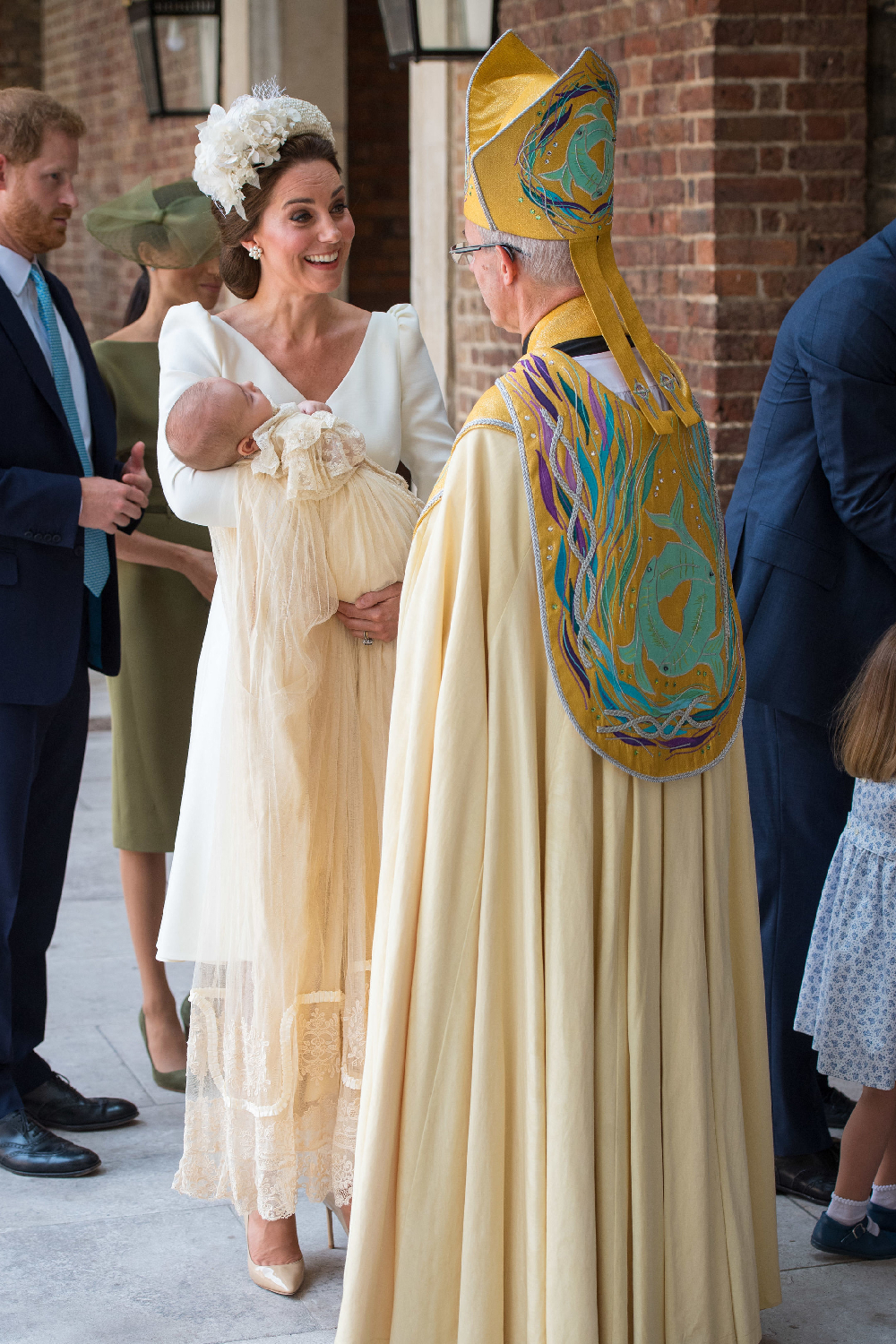
It doesn't matter where in the UK the christening is taking place, all royal baptisms must be performed by the Archbishop of Canterbury as a rule. The current Archbishop is Justin Welby, who's pictured here with Princess Catherine and Prince Louis above.
Each royal baby wears the same christening shawl

Queen Victoria commissioned the Honiton christening gown and it's now been in the family for almost 200 years. Well, strictly speaking, the original gown was replaced in 2004 with a replica in order to preserve it at the command of Queen Elizabeth II - and that is still used to this day.
Here, a young Prince George is pictured wearing it next to a smiling Kate who opted to wear a matching yellow fascinator, complete with yellow net details and white flowers.
Royal babies are baptised with sacred water
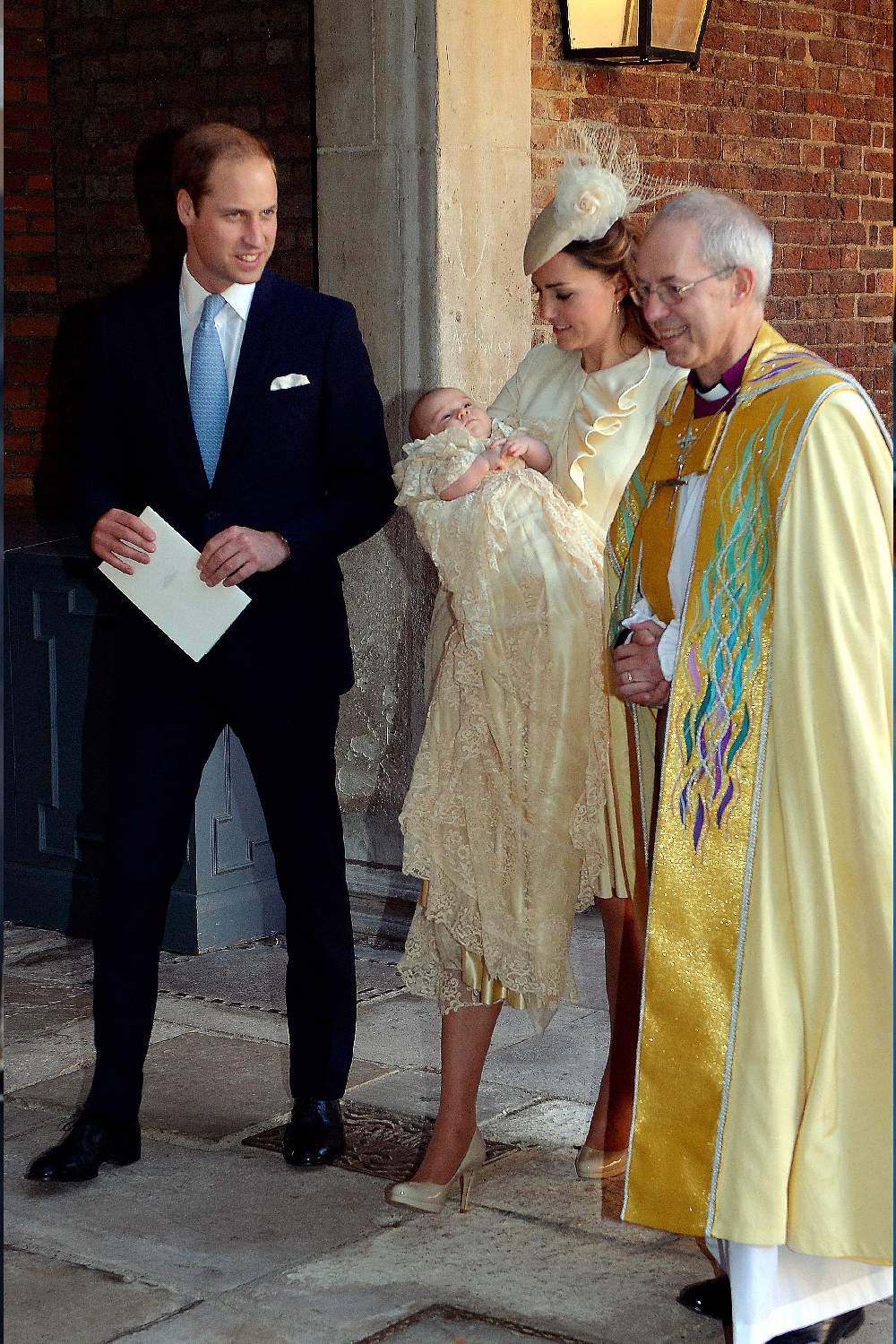
The Archbishop of Canterbury uses a special, and some believe holy, water to conduct the christenings. He sources the water from the River Jordan for the ceremony, as that is believed to be the location of Jesus's baptism by Saint John.
They always use the same royal christening bowl

Another tradition that Queen Victoria started was using the ornate Lily Font christening bowl created for the baptism of her first child. The bowl is shaped like an expanded flower with three cherubs at the base. Per the Royal Collection Trust, the iconography of water lilies and harping putti was "deemed appropriate for a piece of christening plate as lilies were considered to represent purity and water lilies were associated with new life."
Royal babies tend to have a lot of godparents
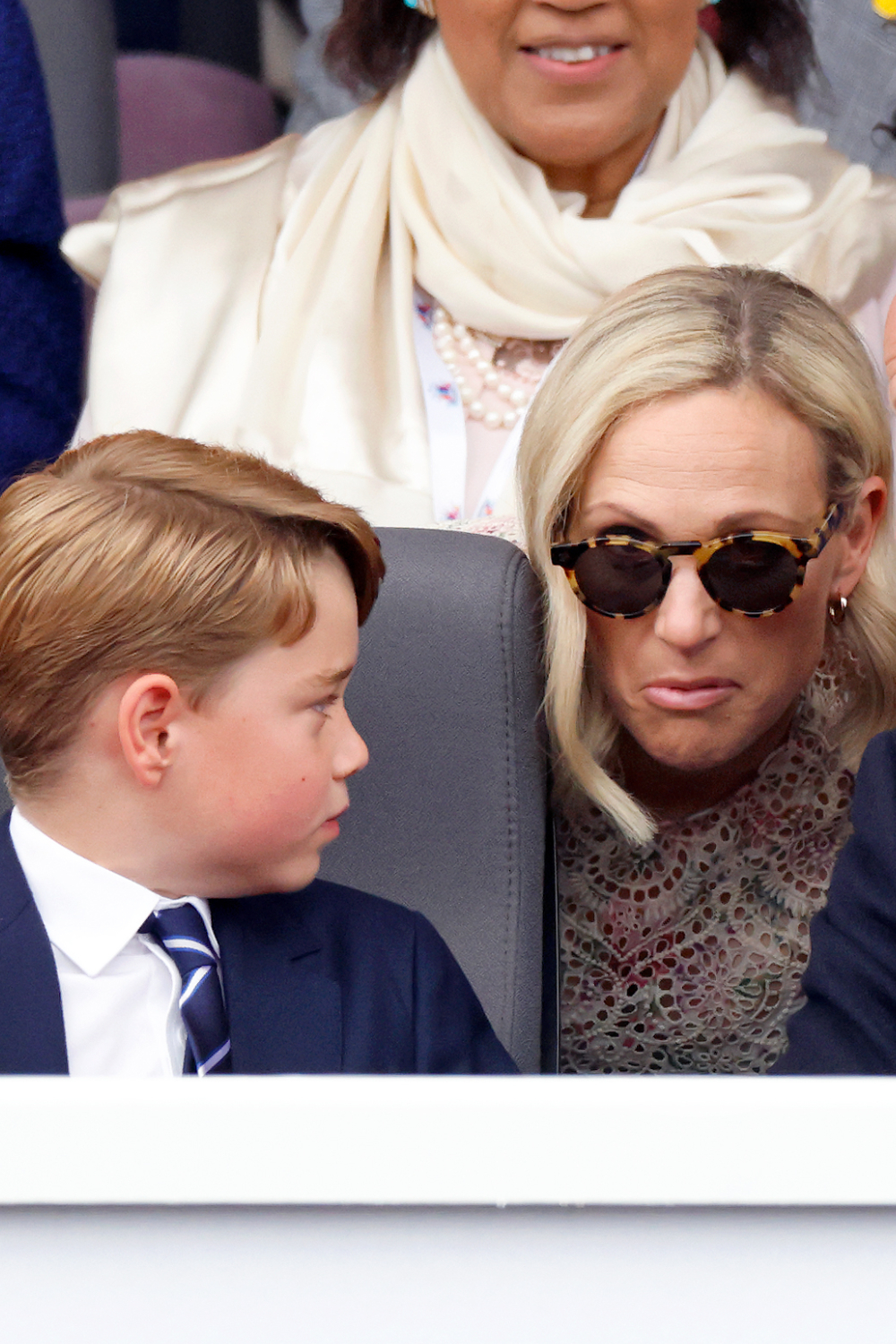
The Royal Family like to spread the love far and wide when it comes to godparents. Princess Charlotte, for example, has five official godparents, while Prince George has seven and Prince Louis has six. Zara Tindall, pictured above, is one of Prince George's godparents.
Royal babies don't really do second names
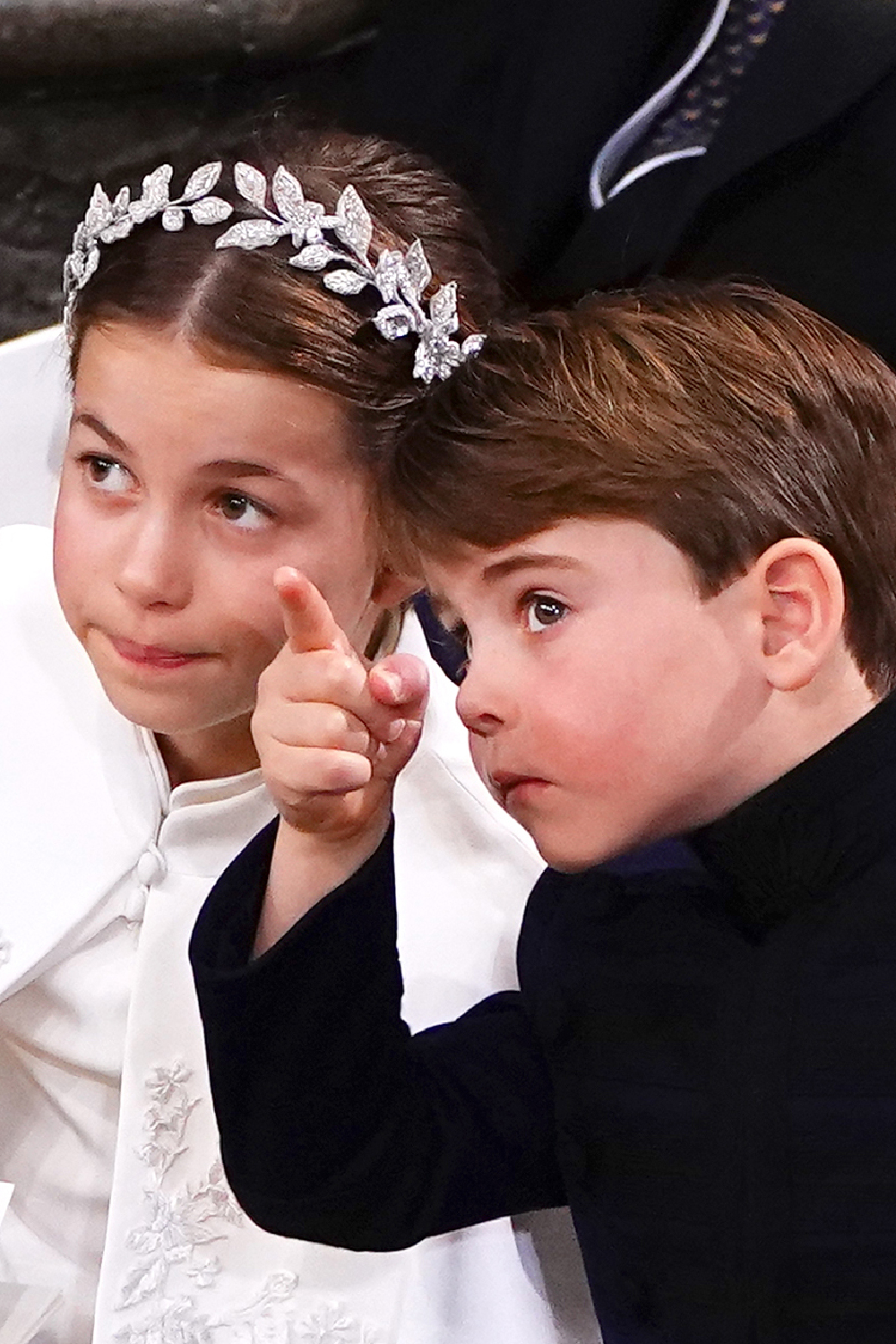
It can get a little confusing with the royal babies - they have plenty of first names but no official last names. They usually go by 'Princess,' 'Prince' or 'His Royal Highness,' or the name of the place where they rule, such as 'Cambridge' or 'Wales' is used. The royal family, generally, are not referred to by their last names and it was only in 1917 that the late Queen's grandfather decided to adopt one. It's Windsor, by the way.
Babies can go on royal tours straight away
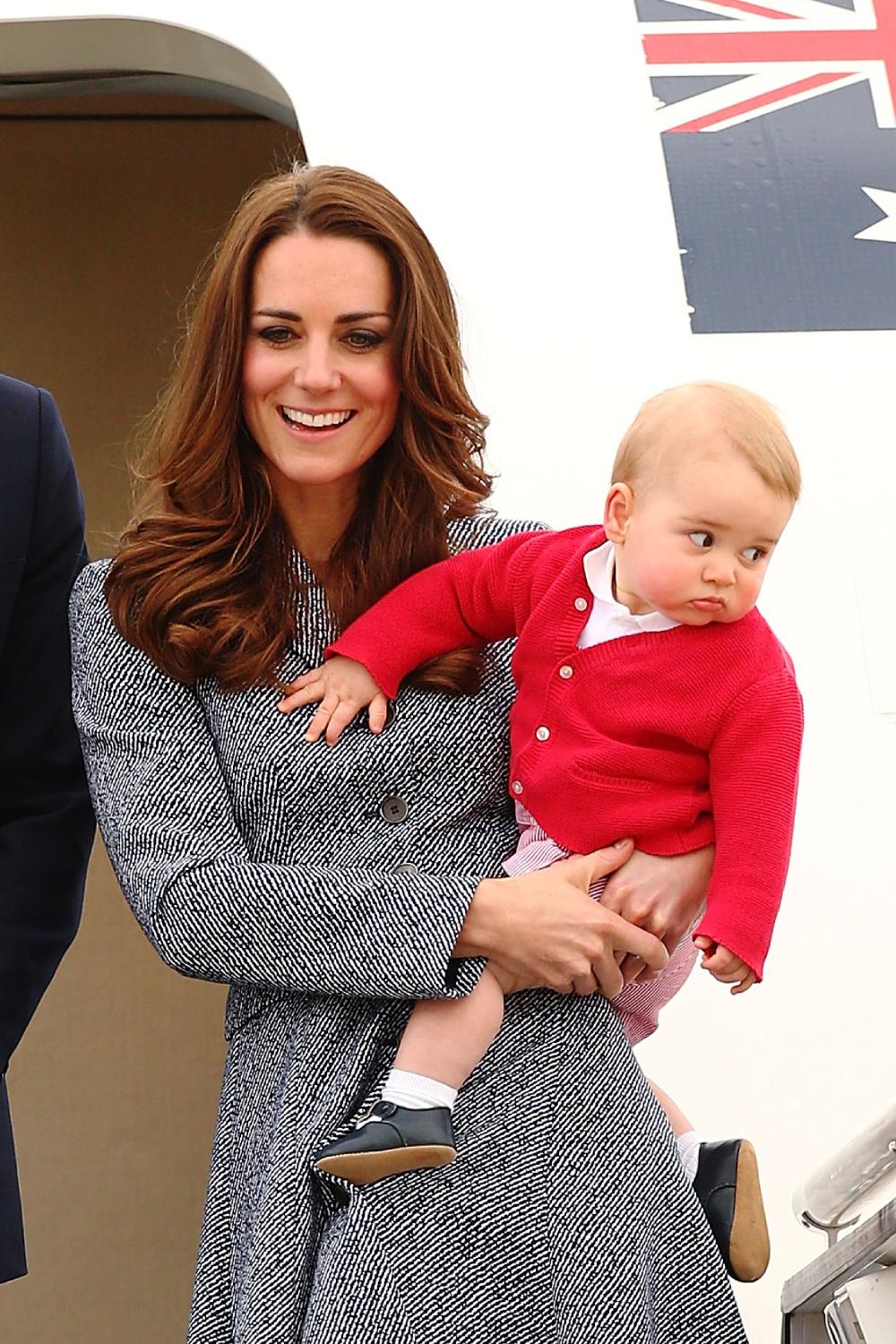
It's not unusual for royal children to accompany their parents overseas on royal tours across the globe. We all remember those adorable pictures of Prince George on a Royal Tour with his parents to Australia at just nine months old; easily one of our favourite royal tour moments in recent history.
Royal babies get given a passport straight away

Because they can (and might) go on tour at a young age, every royal baby is given a passport right away to ensure they're fit for travel, just in case. The monarch is the only member of the royal family who can travel without a passport. Here, we see Prince William as a baby arriving in Australia, carried by his nanny Barbara Barnes.
Male royal babies used to wear dresses

Traditionally both male and female babies used to wear dresses for the first few years of their lives, before wearing trousers and shorts when they get older. There are plenty of pictures of Prince Charles and Prince Edward wearing lovely floaty dresses as babies.
It's tradition for first birthdays to be celebrated with a portrait
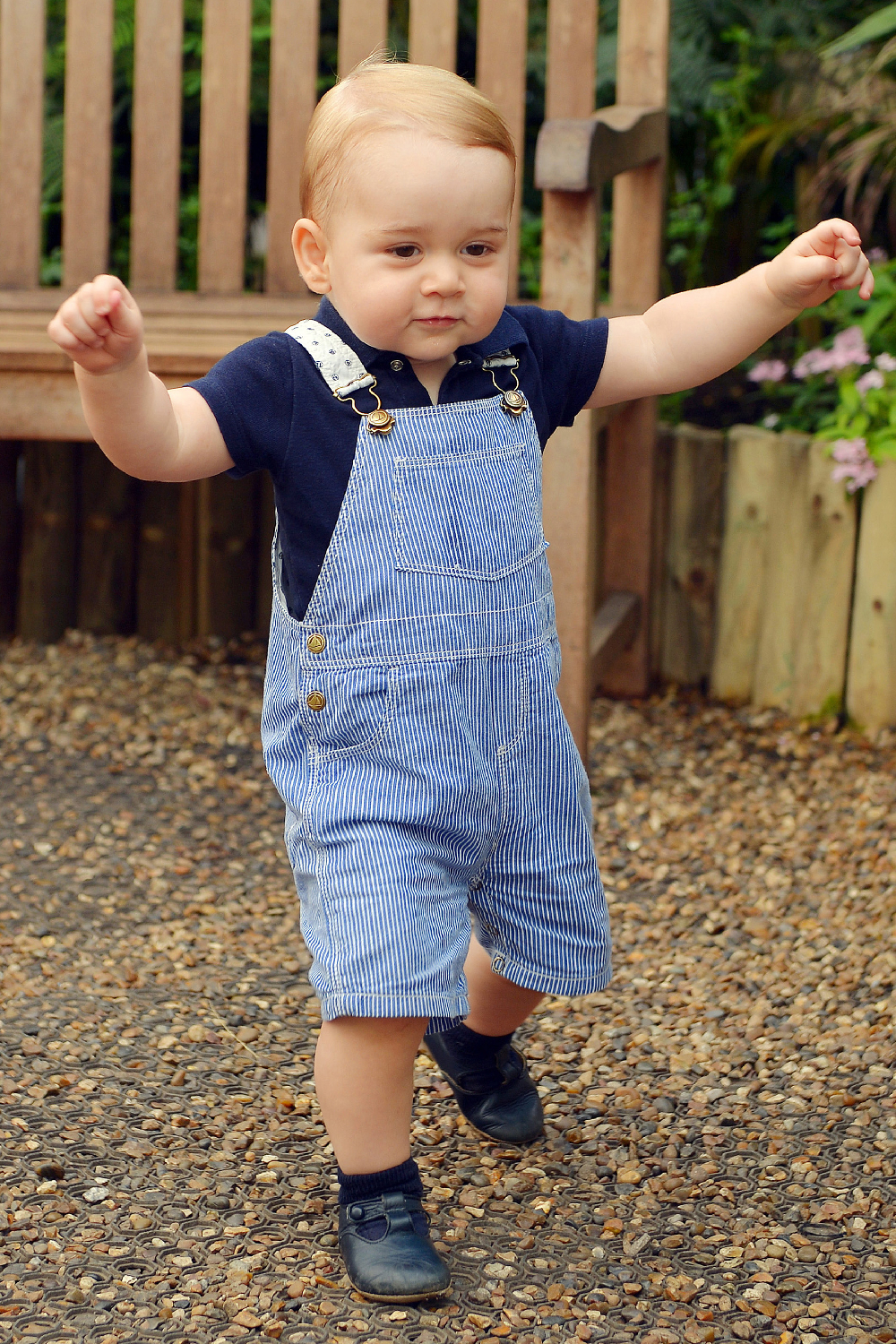
It's common practice for royal parents to release a photograph publically to mark their little one's first birthday, much to the delight of royal fans. Here we see cheeky Prince George on his first birthday in a picture to mark his first birthday, taken at the Natural History Museum in 2014.
Lauren is the former Deputy Digital Editor at woman&home and became a journalist mainly because she enjoys being nosy. With a background in features journalism, Lauren worked on the woman&home brand for four years before going freelance. Before woman&home Lauren worked across a variety of women's lifestyle titles, including GoodTo, Woman's Own, and Woman magazine.
